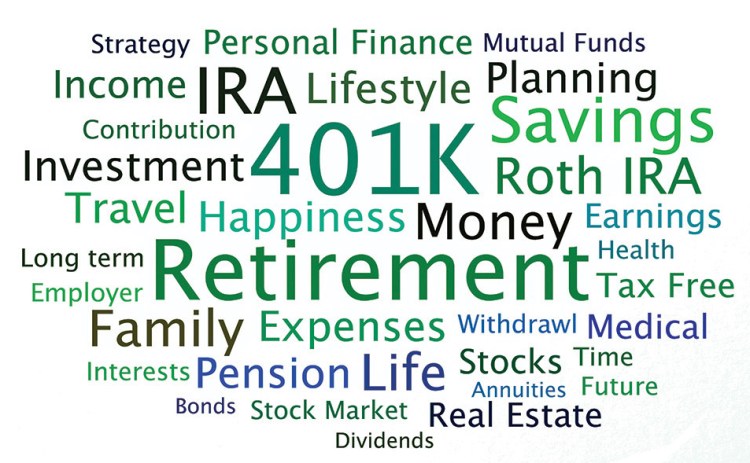The ability to retire with financial security is a goal for millions of people across the globe. Though people may stop working in retirement, many of their existing bills, and even some new ones, will still need to be paid. Retirement is often imagined as a time of unbridled financial freedom, but that’s only possible when individuals, including young professionals, prioritize planning for the day when they call it quits.
Retirement accounts and plans are a popular way to save for life after working. Individuals have various retirement plan options at their disposal, and each is unique in its own way.
Individual Retirement Account (IRA)
An IRA is a tax-advantaged way to save for retirement. Anyone with earned income can open an IRA. Money deposited into an IRA cannot be withdrawn prior to account holders reaching 59.5 years of age without incurring a steep tax penalty of 10 percent. There are limits to how much individuals can deposit into an IRA. The Internal Revenue Service notes that the deposit limit for all IRA accounts in 2021 was $6,000 ($7,000 for account holders age 50 and over). In addition, there are different types of IRAs, including traditional IRAs, Roth IRAs, Payroll Deduction IRAs, and SIMPLE IRAs. Each has its rules regarding taxes, eligibility and withdrawals, and individuals are urged to discuss which type of IRA is best for them with a financial professional.
401(k)
A 401(k) is another tax-advantaged retirement account typically offered through an employer, though self-employed individuals can enroll in a Solo 401(k) plan. When enrolled in a 401(k) plan, employees will have a portion of each paycheck direct deposited into a long-term investment account. Contributions to a 401(k) are made pre-tax, which saves account holders a considerable sum of money so long as they continue to make contributions. One significant advantage to 401(k) plans is that many employers will match contributions up to a certain percentage. For example, some may match up to 2 percent, so employees who contribute 2 percent or more will actually be depositing no less than 4 percent of their income each week into their 401(k) accounts. Perhaps most beneficial is that employer matches do not count toward the annual 401(k) contribution limits, which the IRS notes were $19,500 in 2021.
Simplified Employee Pension (SEP) Plan
An SEP plan is typically established by a small business owner or self-employed individual. However, small business owners can set them up for their employees as well. Contributions to an SEP will reduce taxable income, and the money will grow tax-deferred. Individuals enrolled in an SEP will only pay taxes on the money upon withdrawal. One of the advantages to an SEP is it has significantly higher contribution limits, which the IRS notes were $58,000 or 25 percent of the employee’s compensation, whichever was lower, in 2021. However, SEPs are employer contribution only, so they rely a lot on employers’ available cash.
No retirement accounts are the same. Individuals are urged to conduct their own research and choose the plan that best suits their needs.
Comments are not available on this story.
Send questions/comments to the editors.


